According to tree service experts in Vegas, sequoia bonsai trees are difficult to take care of. This tree is susceptible to various types of problems that can destroy a regular tree and prone to many conditions that can affect bonsai species.
Bonsai trees are soft and delicate and require special attention. If you want to grow a tree and are new to gardening, you need to understand how it is grown, as these conditions can also affect a tree.
Apart from learning the skills of cultivating sequoia bonsai trees, you should have patience in taking care of the tree. To shape a bonsai tree requires many years, but only a few seconds are required to kill it.
Situations come up when you go out of town and forget to water your bonsai tree. Sometimes, you overwater the tree. These are the minute mistakes that can kill your tree. So, be careful.
If your sequoia bonsai tree seems to be off, then you may be asking a question to yourself – does your bonsai tree is dead? Many bonsai trees are resilient if they get proper care, but sometimes things worsen, and the tree dies. Through this article, you will get to know if your bonsai tree is dead or alive.
Is the Sequoia Bonsai Tree Dead? Signs to Know.
It is not liked that bonsai tree dies overnight. Time will come when you start noticing warning signs that trouble is coming on your tree and help you understand those signs so that you can correct them before it becomes too late. Let us dive into the details of these signs.
1. Discoloration
Various reasons are there for a tree to change its color, along with seasonal changes. But if trees start to change color without any reason, then it can be a serious concern. For instance, if junipers change color from lush green to pale and dull color, yellowish-brown color.
So, you can see this thing in the bonsai tree and start to think, “Is bonsai tree dead?” Then it can be a sign that you are watering too much of your tree and causing the roots to rot from getting continuously soaked in water. Discoloration of the tree can also occur if it is not getting proper light and water.
2. Foliage and Brittle Branches
The changes in foliage, like going from hard to soft, is another cause of trouble and another sign that tells you about the dying bonsai tree. Branches that were soft before and now have become hard could be dying. Foliage can occur due to less watering and less provision of light.
For deciduous trees, hardness follows discoloration and occurs when the tree drops its dried-up leaves. If this situation happens out of the cycle, then there is something wrong with the tree.
3. Spots on Stems and Leaves
If you see small white spots on stems and leaves, then it is a sign of mold and a cause of death. Molds are serious and can deteriorate the plant. If you do not become careful, then this small spot can turn into a large one. Usually, molds are grown in less humidity, so be diligent.
4. Red Spots Over Leaves
Red spots are the signs of spider mites, and these mites can be very dangerous for bonsai trees as these mites can damage the tree at a breakneck pace. Mites form webbing that envelops stems, leaves, and branches.
The mite infestation can become so bad that it can cause your tree to die. And makes the fruits of the useless. So, if you find this, then understand that the bonsai tree is on the verge of dying.
To make sure whether your bonsai tree is dead or alive, make a small size cut on branches and trunk in some places of the tree. If the green layer is still present under the bark, then the tree is alive, but if it is brown, then the tree is dead. If there are signs of its living, place the tree in a moist and cool place until new shoots appear.
Conclusion
From these certain ways, you can know whether your bonsai tree is dying or not. But if your bonsai tree is dead, then all is not lost. Now, you have great knowledge about your mistakes and how you can change them when you grow a new bonsai tree next time. Do not be discouraged as this is a normal situation.
A dying bonsai tree can be very stressful to a gardener, but the main thing is to have a presence of mind so that you can recover your bonsai tree. And make it lively. You need to be fast in solving the problems related to bonsai’s dying. If you can take proper care of your bonsai, then it can be brought back to health.

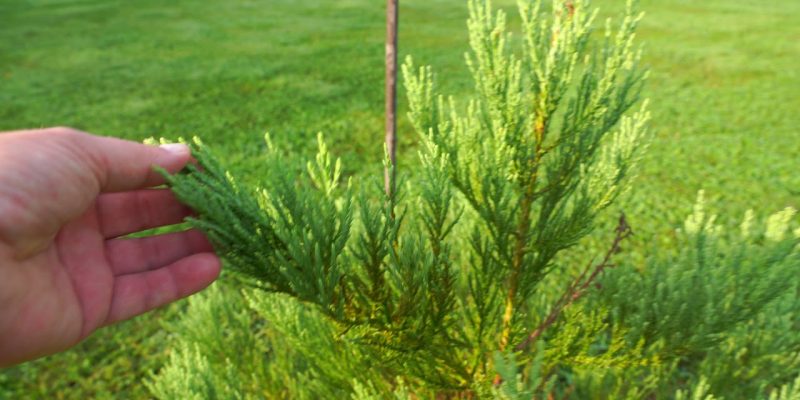
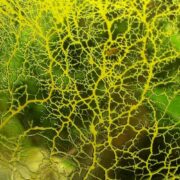



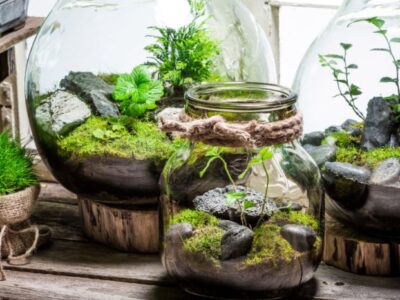
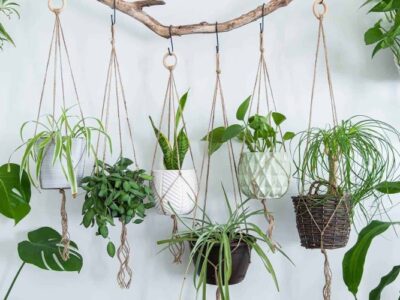



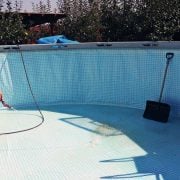

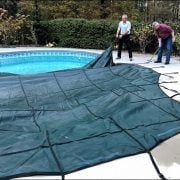
Comments